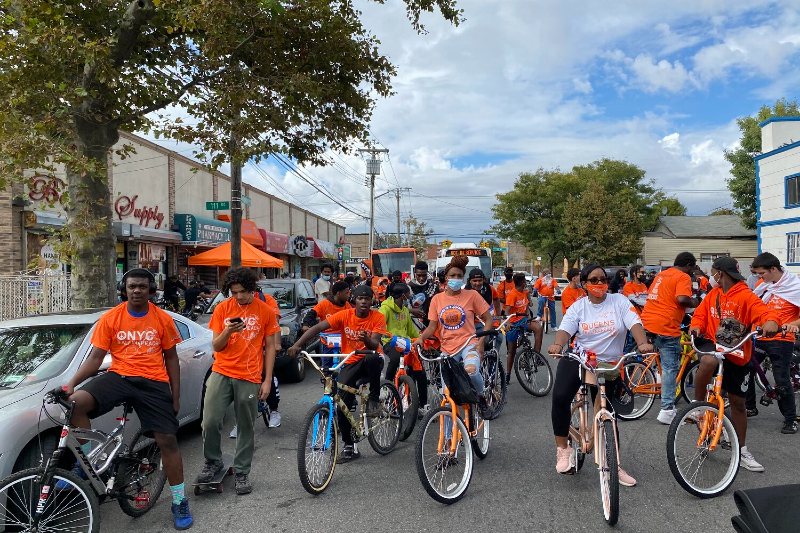
Depending on your level of cynicism, your view of Giving Tuesday can vary. The day falls right after the post-Thanksgiving hyper-consumptive binge that is Black Friday through Cyber Monday. Is it a saccharine corporate wink, or the real thing? Or, most likely, a bit of both.
The now-independent nonprofit that incubated the idea for Giving Tuesday in 2012, the 92nd Street Y and its Belfer Center for Innovation & Social Impact in New York City, declares this usually tepid workday a day for Radical Generosity at the end of November. This is the idea that “the suffering of others should be as intolerable to us as our own suffering.” To embody this concept as an individual is either impossible or simply saintly, but humans show that when they band together, they can have a massive impact.
Related Guides
Contributing to this global movement that inspires millions of people to give are many for-profit, socially responsible firms. These enterprises donate goods, bring materials, and invest in the grassroots community not only on Giving Tuesday, but throughout the year, impacting people and community efforts. The roots of companies who adhere close to the spirit of Radical Generosity is Tom’s Shoes.
Founded in 2006 by Blake Mycoskie, an entrepreneur from Arlington, Texas, the for-profit firm began as a shoe company that promised to give one pair of shoes for each sold. Mycoskie got the idea in 2002 while competing in the second season of The Amazing Race with his sister in Argentina. After finding many shoeless kids, he returned in 2006, and connected with a woman who volunteered to deliver shoes to these Argentinean children.
Toms has since grown into designing and selling eyewear, coffee, apparel, and handbags. The one-for-one model that it began as has since evolved under new leadership. Its former creditors, Jefferies Financial Group Inc., Nexus Capital Management LP, and Brookfield Asset Management Inc., bought the brand in 2019 and retired the one-for-one program after Toms had donated more than 95 million shoes (per Morning Brew). In place of the program, Toms now donates one-third of its profits to grassroots organizations.
This one-for-one model has inspired numerous socially aspirational startups since. These include Bombas, an apparel brand that began by selling socks in 2013 and expanded to t-shirts in 2019. When founders Randy Goldberg and David Heath learned that socks are the most requested clothing item in homeless shelters from the over half-a-million unhoused people in the United States, the entrepreneurs responded with a program of international consequence.
For every Bombas item that you purchase, the for-profit philanthropy donates an item on your behalf. In the last eight years, Bombas has donated more than 50 million items to more than 3,500 community organizations, according to the apparel firm’s website.
Shopping for classic essentials at firms like Toms and Bombas not only gives children and adults a chance at better lives, it makes people feel good about where they shop. We all need t-shirts and socks and shoes, so why not make a purchase that will have a positive outcome? Deborah Small, professor of marketing and psychology at the University of Pennsylvania’s Wharton School, notes offering something tangible provides a connection to those who are giving, according to Insider Intelligence’s By the Numbers newsletter.
“It is easier to connect to a person than to an abstract action,” she said. “If a company is giving 10% for research, it’s hard to feel passionate about that. If you are putting glasses on a poor child’s face, there is a very direct connection. It’s psychologically a smart strategy to connect donor to recipient.”
Other companies that use the one-for-one model include Warby Parker (though some distribution has been halted due to the pandemic), Better World Books, Figs, and This Saves Lives.
Giving Tuesday reimagines a world built upon shared humanity and generosity. To check out the network that aspires to generate generosity around the globe and to make kindness and generosity a part of everyday life, visit www.givingtuesday.org.
Whether it’s making someone smile, helping a neighbor or lending a hand to a stranger, what we do for others makes an impact on the world. Every selfless action, every time we show up for the people and issues we care about, counts, and everyone has something to give.
Read More: Wyoming Whiskey is Partnering with The National Parks Foundation



